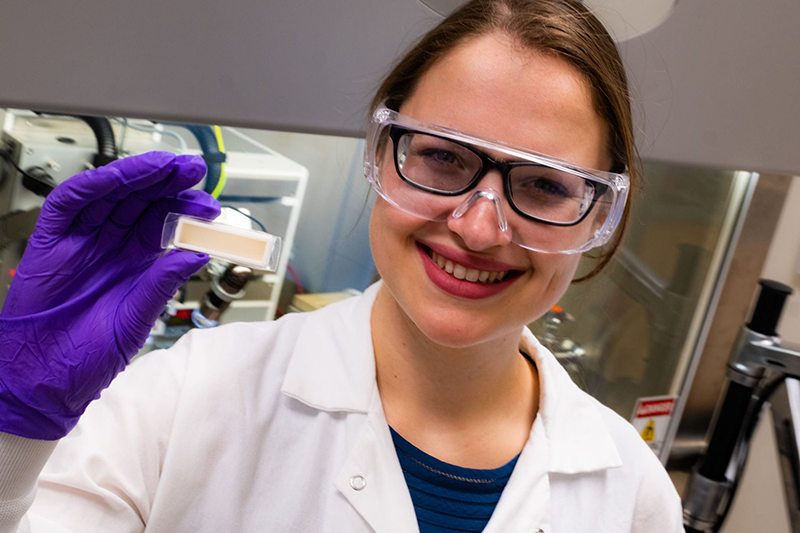
In case of injuries, doctors sometimes put orthopedic implants and native bone grafts in place where natural bone is. Now, bioengineers at Rice University have developed a technique which grows live bone to repair injuries to the bones of the skull and face by attaching a 3D-printed bioreactor – basically, a mold – to a rib. Once implanted, it can support stem cells and the formation of blood vasculature. Keeping in mind the varied needs of different patients, the mold can be custom-made to the patient’s own needs. When the bone grows for few months, the bioreactor can be explanted and the bone is transplanted to another part of the body.
Read more OSSIO Developing Absorbable Fixation Devices that Promotes Bone Growth and Removes Need for Surgery
The study was led by researchers at Rice, the University of Texas Health Science Center at Houston (UTHealth) and Baylor College of Medicine. The results were published in the Proceedings of the National Academy of Sciences.
The technique is being developed to replace current reconstruction techniques that use bone graft tissues harvested from different areas in a patient, such as the lower leg, hip and shoulder, reports Rice University.

“A major innovation of this work is leveraging a 3D-printed bioreactor to form bone grown in another part of the body while we prime the defect to accept the newly generated tissue,” said lead researcher Antonios Mikos, the Louis Calder Professor of Bioengineering and Chemical and Biomolecular Engineering at Rice and a member of the National Academy of Engineering and National Academy of Medicine.
The researchers already tried their innovation in sheep and the bones transferred successfully to treat a large injury in the mandible of the animals. The therapy successfully worked in five of the six animals studied and points the way for similar attempts in humans.
Read more Harvard Researchers Designing Soft Robots for Patients with Spinal Cord Injury
“Earlier studies established a technique for creating bone grafts with or without their own blood supply from real bone implanted into the chest cavity,” said co-author Mark Wong, a professor, chair and program director of the Department of Oral and Maxillofacial Surgery with the School of Dentistry at UTHealth. “This study demonstrated that we could create viable bone grafts from artificial bone substitute materials.”











